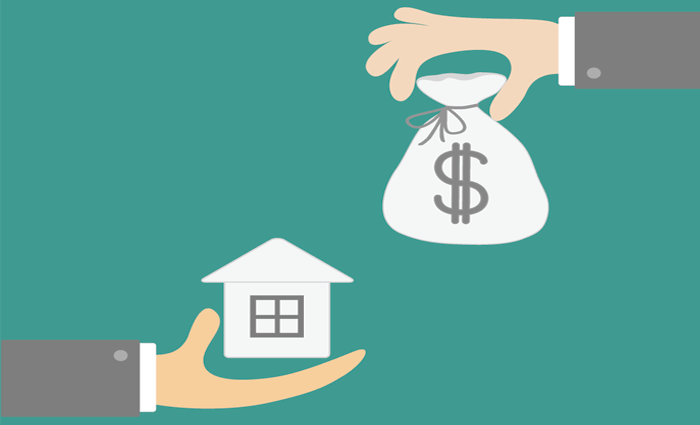Australian house prices increase 0.8% in November, but still below May 2017 levels: Coolabah's Christopher Joye
In the month of November, Australian dwelling values (ie, houses and apartments) climbed a solid 0.8% across all metro and non-metro markets according to CoreLogic's hedonic index (specifically, 0.7% in the capital cities and 1.4% across the non-metro regional areas), which we had foreshadowed. If you cannot see the charts below, you can read this note via Livewire here.
With the COVID-19 induced peak-to-trough fall across the nation now officially recorded at 2.1% (revised up from a previously estimated 1.7%), Aussie home values are still 0.9% below the high watermark set at the end of April (on a monthly basis) notwithstanding increases recorded in October (0.4%) and November (0.8%).
Somewhat more remarkably, Australian dwelling values are still 0.5% lower than they were almost 4 years ago. That is to say, there has been no net increase in national house prices since May 2017.
In November, the Melbourne market registered its first full month of capital gains with dwelling values rising by 0.7%, notably outpacing Sydney (0.4%) and Brisbane (0.6%). Healthier house price increases were registered in Perth (1.1%), Adelaide (1.3%), Hobart (1.4%), and Darwin (1.9%) and Canberra (1.9%).
Over the three months to November 2020, capital city dwelling values have increased 0.7%, underperforming regional areas (2.8%) and the combined national market (1.1%).
In all cities, gross rental yields remain above the cost of servicing mortgage debt, which has opened the door to positive (as opposed to negative) gearing. The best rental yields are in Darwin (7.0%), Canberra (5.5%), Adelaide (5.3%), Perth (5.3%), and Brisbane (5.1%). Yields are comparatively low in Sydney (3.3%) and Melbourne (3.7%).
The recovery in the housing market is a crucial plank in the broader national rebound from the 1-in-100 year global pandemic, and a key demonstration of the fact that the RBA's monetary policy transmission mechanism is working. This is especially important with second and third COVID-19 waves cresting around the world, and at a time when Australia faces downside risks from China's assault on our economy.
With housing credit growth running at just 3.3% on an annual basis according to the latest RBA data, and lending standards the toughest they have been in modern banking history, there are scant financial stability risks for regulators to worry about at this juncture.
Clients will recall that Coolabah forecast a tiny 0% to 5% correction in national house prices in March, predicting they would start rising again in September and October (as they did) with total capital gains over the next few years expected to be at least 10% to 20%.
Coolabah has also been consistently very bearish on relations between China and the West.
Christopher Joye is the portfolio manager at Coolabah Capital Investments
